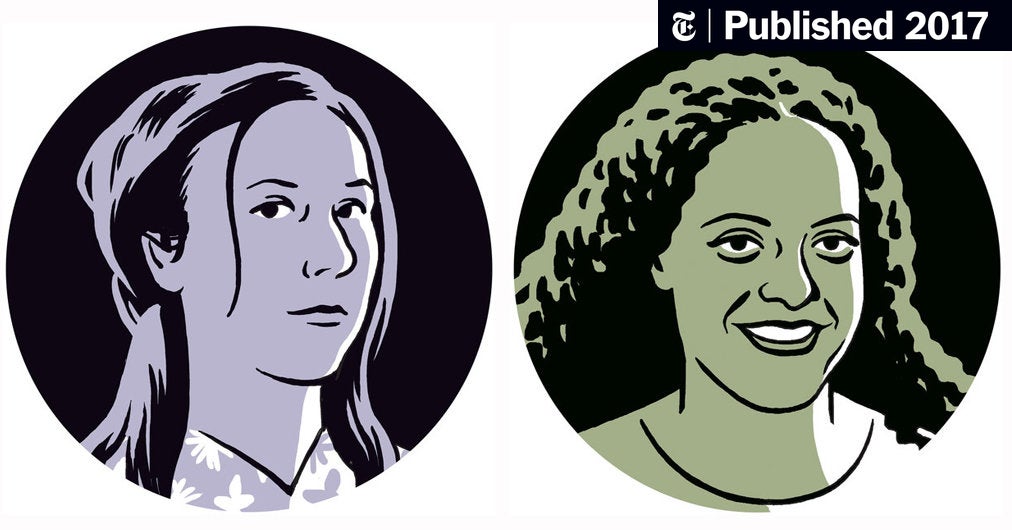In recent years, cultural appropriation has become a focal point of discussion, particularly as it pertains to the music, fashion, and art industries. In this context, the British rapper Central Cee has emerged as a prominent figure whose work offers a tantalizing glimpse into the complexities of this phenomenon. As he navigates a landscape fraught with influences drawn from various cultures, one might pause to ponder: where does inspiration end and appropriation begin? This inquiry is vital not only for artists like Central Cee but also for the broader cultural community at large.
The term “cultural appropriation” is often laden with pejorative connotations, typically defined as the adoption of elements from one culture by members of another culture, often without permission or understanding. Central Cee, whose rise to fame has been propelled by his unique blend of drill music—a genre originating in Chicago and deeply rooted in the soundscape of his London environment—exemplifies this appropriation dilemma. His work intertwines British grime elements with various other cultural influences, including African and Caribbean sounds. This amalgamation raises an essential question about authenticity and ownership in artistic expression.
In an era characterized by globalization, it is almost inevitable that cultural boundaries will blur. Central Cee presents a case study illustrating this concept. His distinctive sound not only pays homage to his roots but also reflects an amalgamation of diverse musical influences. Thus, it is crucial to analyze the thin line that separates creative inspiration from cultural exploitation. Is Central Cee’s borrowing a genuine tribute to the cultures he draws from, or is he simply capitalizing on them for commercial gain?
One perspective posits that cultural exchange is an intrinsic part of artistic innovation. Creators have historically thrived by incorporating and reinterpreting elements from different cultural backgrounds. For instance, the blending of musical styles has often given rise to genres that celebrate diversity, showcasing how art can unite rather than divide. In this light, Central Cee’s work can be perceived as a celebration of cultural hybridity, actively contributing to a richer musical tapestry.
However, challenges emerge in this ceaseless flow of cultural influence. Appropriation implies a power dynamic, where dominant cultures capitalize on the expressions of marginalized ones without giving proper acknowledgment. This appropriation is particularly problematic when the appropriators fail to recognize the historical and sociopolitical context of the culture from which they borrow. Consequently, one might reflect: does Central Cee’s success perpetuate a form of neocolonialism, where the essence of underrepresented cultures gets commodified for mainstream consumption?
As we advance into the digital age, questions of ownership become increasingly complicated. Social media serves as a double-edged sword, providing artists like Central Cee with platforms to share their work while simultaneously exposing them to criticism from those who see cultural appropriation as an infringement. When responses to an artist’s claims of influence are mixed—some praising their creativity and others accusing them of appropriation—how do we navigate this dichotomy?
Moreover, artists like Central Cee often find themselves inundated with the expectations of authenticity imposed by their audiences. Listeners may desire a “real” experience that resonates with their own cultural backgrounds, which places pressure on artists to conform to specific narratives. This begs the question: how can an artist authentically express themselves while also acknowledging and respecting the cultures they draw inspiration from?
A potential challenge lies in the responsibility that comes with influence. Central Cee, whether intentional or not, holds a sway over a vast audience. His interpretations of cultural elements can inspire fans or inadvertently misrepresent those cultures. It becomes increasingly vital for artists to approach cultural elements with sensitivity and awareness, ensuring they engage in appropriate dialogue about representation. By doing so, they not only elevate their work but also contribute to a more equitable artistic community.
Engagement in such conversations is particularly essential in today’s socio-political environment. Artists, including Central Cee, are encouraged to foster an understanding of the histories and nuances behind the cultures they embrace in their work. This might entail deeper research into the origins of the musical styles they incorporate or collaboration with artists from those cultures to create a more authentic dialogue. Such a proactive approach could mitigate accusations of appropriation and exemplify a mutual respect for cultural heritage.
Furthermore, reflecting on the implications of cultural appropriation encourages a larger dialogue within the music industry about representation, equity, and accessibility. It urges creators, industry professionals, and audiences alike to reconsider how cultural narratives are constructed. The pertinent question remains: Can we collectively fathom a future where cultural exchange flourishes without transgressing the delicate boundaries of appropriation? The path toward this ideal is fraught with challenges, but it is a conversation that must be had for the advancement of artistic integrity.
Ultimately, the discourse surrounding Central Cee and cultural appropriation serves as a microcosm of a wider societal quandary. Engaging with these topics requires not just awareness but a concerted effort to foster collaboration and inclusivity within artistic practices. The hope is that with ongoing discourse, artists can work to ensure that their expressions honor the multiplicity of influences while also recognizing the significance of the cultures they engage with. This balance may not be easily achieved, but it is a pursuit worth undertaking for the sake of cultural authenticity and respect.
